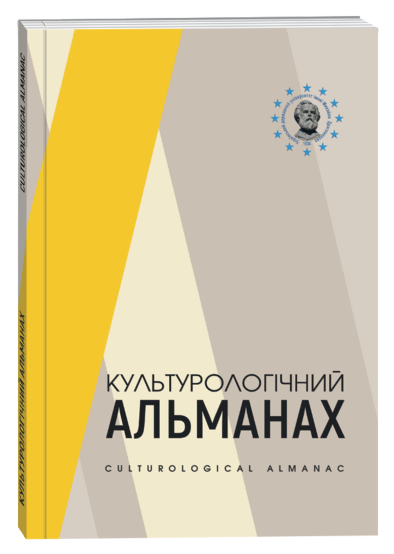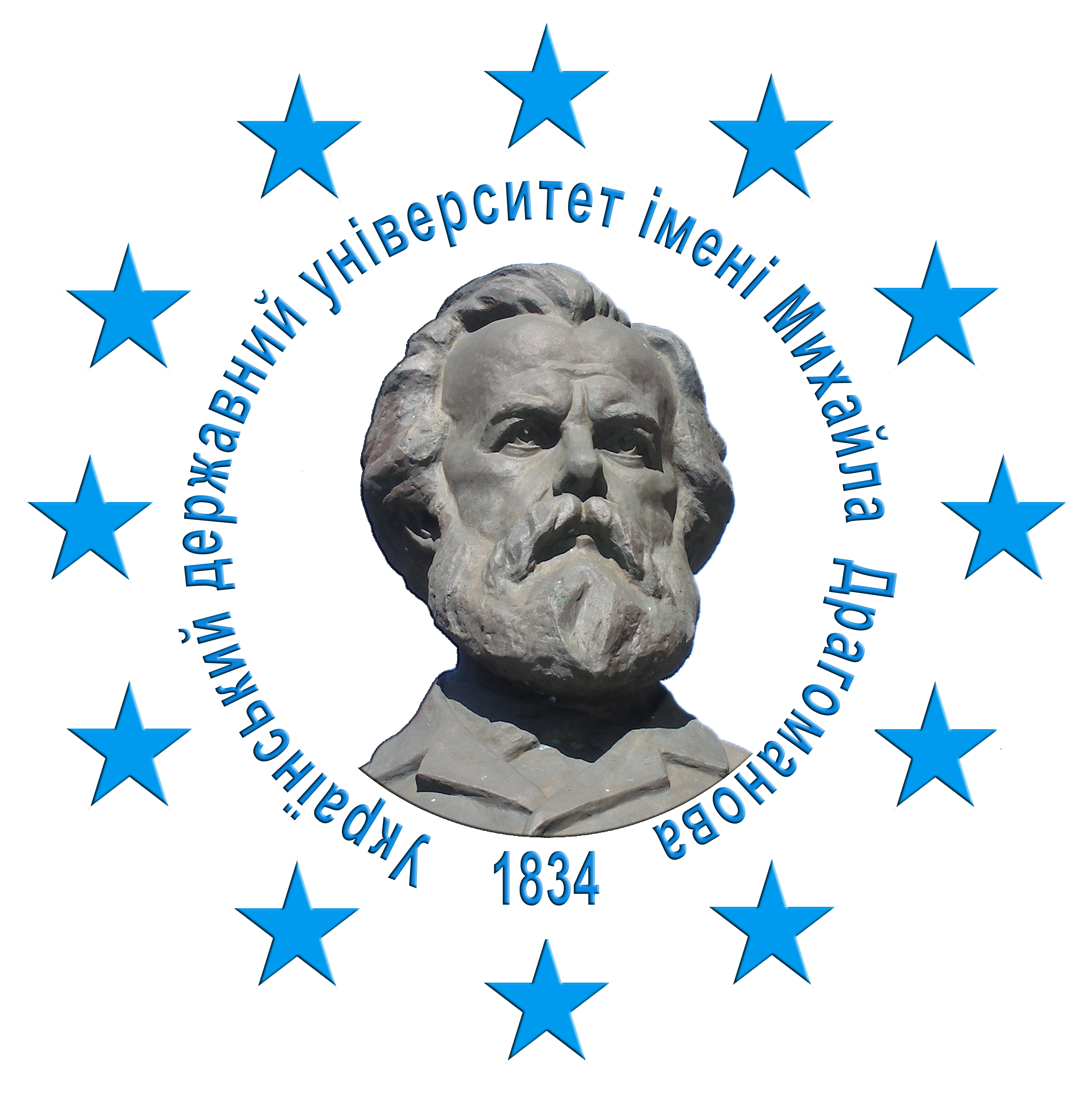GUSTAV KLIMT’S MODERNISM: REALIZATION OF NEW VALUES OF ARTISTIC CREATIVITY
DOI:
https://doi.org/10.31392/cult.alm.2023.2.43Keywords:
modern art, Gustav Klimt, paintings, art, painter, artist, image, creativity.Abstract
The work of Gustav Klimt (1862–1918), which became a unique aesthetic and artistic embodiment of the understanding of modern culture was analysed in the article. The author emphasizes the peculiarities of the functioning of historical art in modern culture. The artist embodies an era that continues to fascinate and confound modernity. The cultural history of the artist’s paintings can be called an example of phenomenalism in the Art Nouveau style, which became widespread in the art of the late 19th and early 20th centuries. G. Klimt is one of the most original artists of the late 19th and early 20th centuries. The main characters of his paintings are mostly women. He tries to answer the eternal questions. What is life and death? What are the images of nature? What is time? What is the essence of the relationship between a man and a woman? At the same time, the artist himself preserves the mystery of his inner world. Gustav Klimt was always an innovator who constantly experimented with ideas and directions. He easily mastered the techniques and ideas of impressionism, showed himself in expressionism and cubism, created ornamental landscapes and decorative works, and painted portraits and allegorical panels. Klimt’s style is too personal, and the meaning of many of his works cannot be fully understood without analysing his relationship with the prototypes of the image he depicted. Images in which gestures and postures play a role, not figures. An individual feature of his work is that there was almost always a contradictory reaction to his canvases. Some considered him a genius and an innovator, while others considered him a pervert. But this speaks of his openness to new implemented in his paintings.
References
Гаврюшенко О.А., Шейко В.М., Кравченко О.В. (2006). Історія світової культури : навчальний посібник. Київ : Кондор. 404 с.
Густав Климт: настоящее золото модерна : вебсайт. URL: https://presenta.com.ua/gustav-klimt-nastoyashheezoloto- moderna/ (дата звернення: 28.05.2023).
Лисовец И.М. (2015). Живопись Густава Климта в культуре рубежа XIX–XX вв. и начала XXI в.: секрет успеха. Известия Уральского федерального университета. Серія 3. «Общественные науки». № 1 (137). С. 59–66.
Описание картины Климта Густава «Водяные змеи» : вебсайт. URL: https://opisanie-kartin.com/opisaniekartiny- klimta-gustava-vodyanye-zmei/ (дата звернення: 14.05.2023).
Описание картины Густава Климта «Портрет Адели Блох Бауэр I» (Золотая Адель) : вебсайт. URL: https://opisanie-kartin.com/opisanie-kartiny-gustava-klimta-portret-adeli-blox-bauer-i-zolotaya-adel/ (дата звернення: 28.05.2023).
Цветков Ю.Л. (2010). Густав Климт и литература венского модерна. Вестник Нижегородского университета им. Н.И. Лобачевского. 2010. № 4 (2). С. 986–989.
Rainer Metzger. (2006) Gustav Klimt Drawings & Watercolours. London : Thames and Hudson Ltd. 2006. 400 p.








